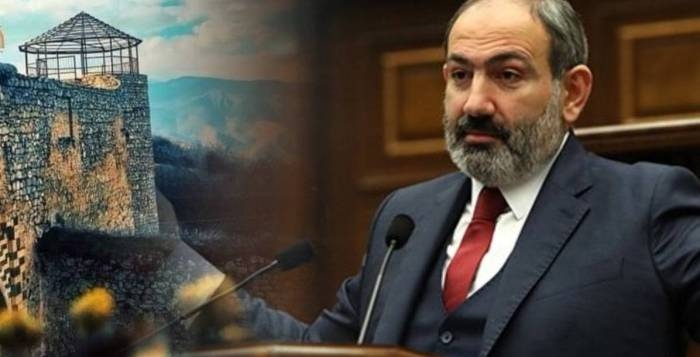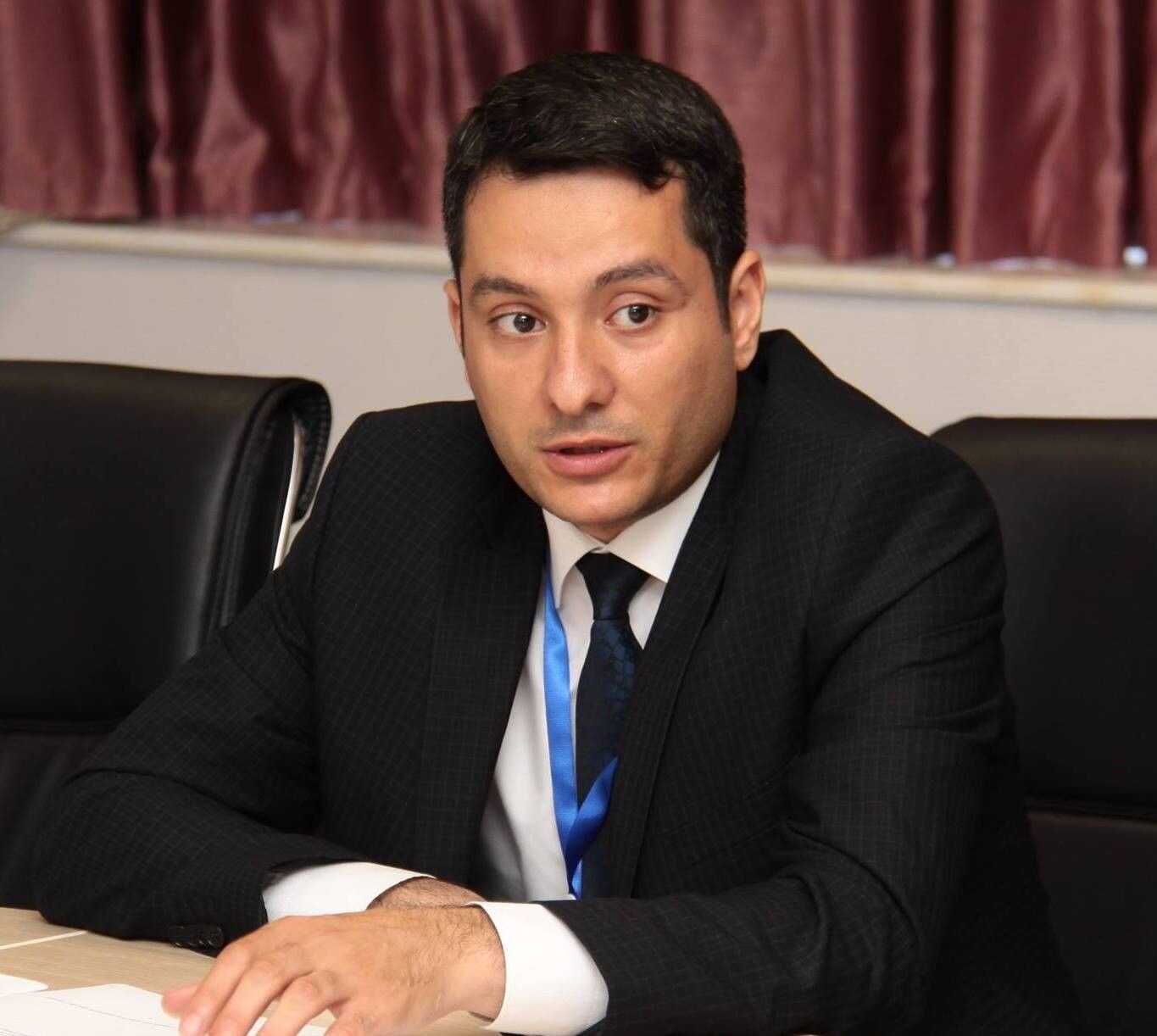
Общественно-политическая интернет газета

Claims and propaganda of the armenians about Shusha after the 44-day war

The 44-day war in 2020 created new geopolitical realities in the South Caucasus.
After the trilateral ceasefire agreement Azerbaijan offically declared the reality is the bloody war ended and economic opportunities are emerging in the South Caucasus. For Azerbaijan, the Karabakh war is over, and any negotiations over the future status of the Karabakh region and territorial claims any part of the territory of Azerbaijan is unacceptable. Although the military and political leadership of Armenia gradually began to accept this reality, it cannot be said that baseless territorial claims have subsided. Armenia, the Armenian diaspora in the world, and the Gregorian Church continue their chimerical territorial claims not only on the territories of Azerbaijan where a small number of Armenians live, but also on the city of Shusha.
In this regard, Armenians use various propaganda methods and means.
Armenians are trying to present Shusha, which was historically dominated by the Turkic-Muslim spirit, as one of the centers of Gregorianism. After the 44-day war, Hamlet Petrosian, an employee of the Yerevan State University, and Anna Leyloyan-Yekmalyan, an employee of the Institute of the Oriental Languages and Civilizations located in Paris, are active in this regard.
After the 44-day war, Hamlet Petrosyan, an employee of Yerevan State University, and Anna Leyloyan-Yekmalyan, an employee of the Paris-based State Institute of Oriental Languages and Civilizations, are actively campaigning in this regard. For this purpose, they created the so-called "Monitoring of Artsakh cultural heritage" group.
The article titled "Holy All Savior Ghazanchetsots Church in Shushi" posted on the group's website claims that this church is a part of the so-called historical Armenian material and cultural heritage, and it is written that it was allegedly destroyed by Azerbaijanis not only during the 44-day war, but also during the Soviet era and the First Karabakh War. In fact, it is clear from the information in the article itself that the currently existing church was built in the 60s and 80s of the 19th century on the site of the temple that previously existed here. According to some claims, the temple belonged to Zoroastrians, and according to other claims, to Christian Albanians. It is clear that the Armenians, who were migrated to the historical lands of Azerbaijan in the 19th century by Tsarist Russia, after arriving in Karabakh, tried to erase the traces of the local population and armenize the places of worship there under the auspices of Russia. On the other hand, it is clear that Armenia is the party that turned the Gazanchi church into a weapons depot and tried to send the message to the world that "Christian monuments are being destroyed" both during the First Karabakh War and during the 44-days war. After the war, Azerbaijan not only allowed the monument to be destroyed, but tooks steps to protect it.
The second direction is the publication of articles by Armenia and the Armenian diaspora in newspapers and magazines of different countries reflecting their claims about Shusha. These articles also use more church photos when providing information about Shusha. This method was also used in the article of Viken Berberyan entitled "Shusha Tragedy of Armenia" published in "The New York Review" magazine (USA) on December 21, 2020. V. Berberyan, who allegedly started the article with a conversation with one of his colleagues in Yerevan, notes that planes flew from Turkey to Karabakh and writes that Azerbaijan used fighters from the Middle East to liberate Shusha. It is clear that all this information is part of the traditional black propaganda used by Armenia and the world Armenian lobby to create an anti-Azerbaijani mood in the world during and after the war.
Armenians also try to spread their false propaganda about Shusha through cultural events. For example, the number of promotional concerts in this direction by the "Shusha Armenian Dance Ensemble", which has been operating since 1992 under the auspices of the Saint Vartan Cathedral in New York, has increased even more in 2022-2023. It should be noted that one of the goals of this ensemble is to form an opinion about Armenian culture in other nations. The events organized by the group are also used as a means of instilling Shusha's alleged Armenian affiliation into American society.
Propaganda materials related to Shusha can also be found on the website of the so-called "Republic of Western Armenia" television, which is based in France. In one of the articles full of such fabricated information posted on June 17, 2022, propaganda is carried out regarding this city as the "historic homeland of Armenians" and it is mentioned that "they will definitely return there".
In general, despite the declarations made at the level of the official military-political leadership regarding the recognition of the territorial integrity of Azerbaijan in the post-war period, propaganda continues among Armenians both in Armenia and in different parts of the world.
This leads to preservation of revanchism, anti-Turkish and anti-Azerbaijani hatred in Armenia and among Armenians. The goal is to be prepared for any confusion that may arise in the future and favorable conditions for Armenians. But the position of Azerbaijan was clearly stated in the speeches of President Ilham Aliyev: “Revanchist forces are rising in Armenia. Forces and circles reluctant to come to terms with the results of the war are emerging in Armenia. ...It occasionally commits military provocations against us. Of course, we have to be prepared and we are. ... Armenia should not forget the lessons of the second Karabakh war. They should remember that playing with fire will cost them dearly. If anyone there, be it the government, the opposition or some element sent or trained from abroad, wants to have some bad intentions against us again, they will see our fist again”.
The article was published within the framework of the project "44-day Patriotic War and its reflection on social media" implemented by the Public Union of Democracy and Women's Initiatives with the financial support of the Agency of State Support to Non-Governmental Organizations of the Republic of Azerbaijan (ASSNGORA). The ASSNGORA bears no responsibility for the opinions expressed in the article.

Elnur Kalbizada, Head of the Armenian Studies Department of the Institute of Caucasus Studies of ANAS
Лента новостей
29 Октябрь 2025
28 Октябрь 2025









КомментарииОставить комментарий